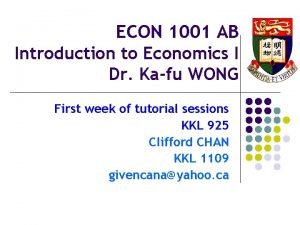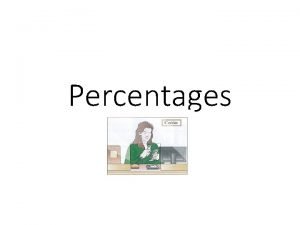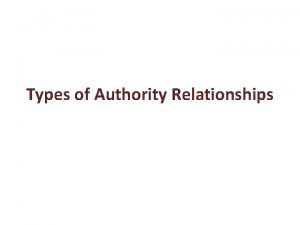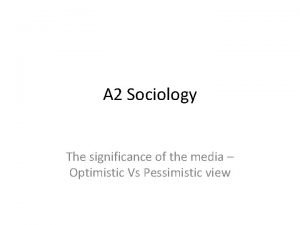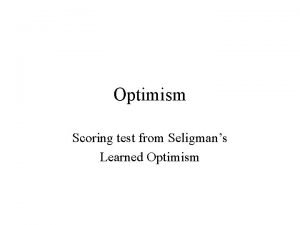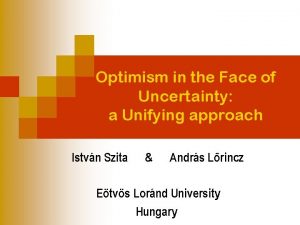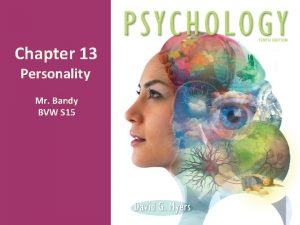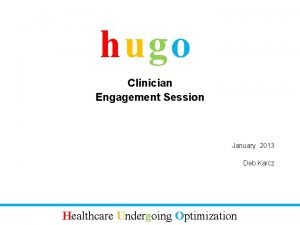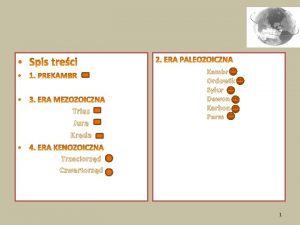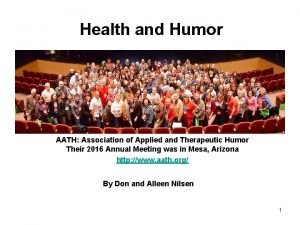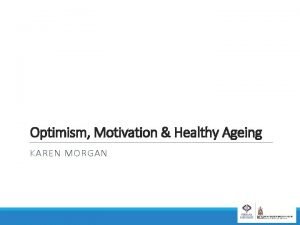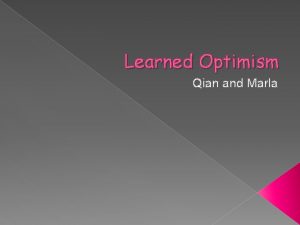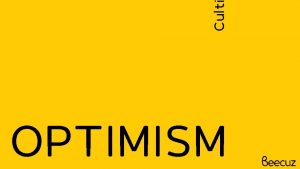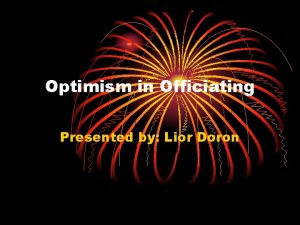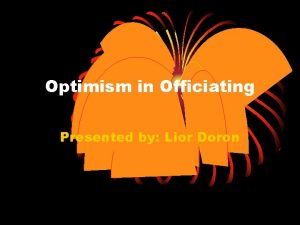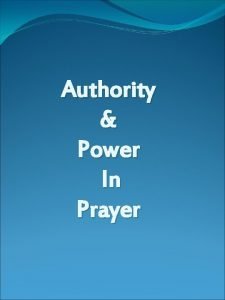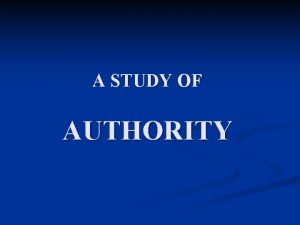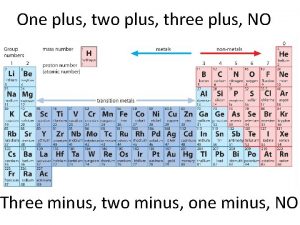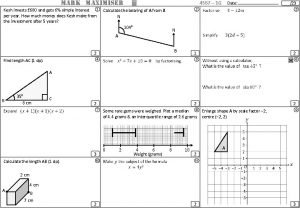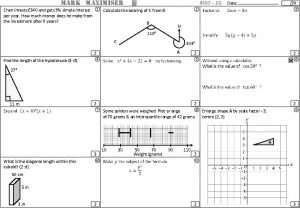Therapeutic Optimism Plus How TC invests therapeutic authority

















- Slides: 17

Therapeutic Optimism Plus How TC+ invests therapeutic authority in prisoners with additional needs Tamsin Teale, Forensic Psychologist in Training Helen Ashwell, Clinical Educator Practitioner 13 November 2019 1

Overview § What is a TC+? § Why TC+? § Residents and Learning Disabilities § TC+ and Learning § Characteristics of Learning Disabilities and Difficulties § Reasonable Adjustments 2

What is a TC+? • Therapeutic Community adapted for men with low IQ or Learning Disability • Designed for men who have been unable to access mainstream offender behaviour programmes • Uses creative therapies to support talking therapy • Higher levels of support for residents 3 3

Why TC+? • • 25% of offenders have IQ below 80 6. 7% have IQ below 70 (Talbort 2007) 33. 7% of comorbid LD & PD Increasing to 43. 7% in the borderline LD group (Weiland et al 2013) 4

Prisoner Profile • IQ between 60 -80 (current mean IQ = 69) • Mix of life sentence and IPP offenders • Personality Difficulties 5 5

Residents and Learning Disabilities - A significantly reduced ability to understand new or complex information, to learn new skills - Reduced ability to cope independently - Starting before adulthood with lasting effects on development Department of Health, Valuing People (2001) 6 6

TC+ and Learning § Experiential Learning Theory (Kolb, 1984) § Social Learning Theory (Bandura, 1977) § 7 Principles (4 Pillars, Rapoport, 1960) § Andragogy Principles (Knowles, 1968) 7

Adults and Learning Barriers § Motivation § Readiness to change § Previous experiences of learning new things § Ambivalence 8

Things Residents see in themselves and others that may be linked to Learning Disabilities and Difficulties People get confused and struggle to take in information “ People struggle practically – with vapes and pin credit. Some have difficulties speaking. Some people don’t take care of themselves. Some people struggle to engage in groups. Some people have a poor memory. Some people hoard shared items. Some people struggle to manage themselves emotionally and keep repeating the same behaviours. 9

Things we see that may be linked to Learning Disabilities and Difficulties Confusion Mistrust Difficulties remembering things Anger Physical health problems Mental Health Problems problems reading and writing, filling in forms Embarrassment Frustration Slower processing time Difficulties expressing themselves Suggestibility Difficulties telling the time Withdrawal Problems concentrating Information overload overwhelmed Masking understanding (not always so obvious) 10

Making Reasonable Adjustments Residents Equalities Act (2010) Inclusion - people first Clear communication - Plain English – avoiding jargon Checking Understanding – masking and misunderstanding are common place Visual aids Reinforcing learning 11 11

Making Reasonable Adjustments Service Shorter community meetings Small Groups with breaks Small group number Personal Officer time Different Group focus Core Creative Therapy (CCP) Multi-Disciplinary Team – co-commissioned ‘Gaining Knowledge’ education collaboration Accessible Reports, Treatment Goals and Steps, Personal Log 12 12

Maslow’s Hierarchy of Needs (1943) Blooms Taxonomy (1956) Revised (2001) 13

Checking Understanding 14

Community Involvement 15

Summary Moving away from labels and getting to know the person – providing the support they need 16 16

Do You Have Any Questions? 17 17
 Therapeutic optimism
Therapeutic optimism Tom is a mushroom farmer he invests
Tom is a mushroom farmer he invests How to find apy
How to find apy Profit and loss percentage formula
Profit and loss percentage formula Line authority means
Line authority means Optimism vs pessimism
Optimism vs pessimism Martin seligman optimism test
Martin seligman optimism test Authentichappines test
Authentichappines test Optimism in face of uncertainty
Optimism in face of uncertainty Optimism
Optimism Optimism vs pessimism
Optimism vs pessimism Uninformed optimism
Uninformed optimism Uninformed optimism curve
Uninformed optimism curve Plus haut plus loin que l'azur infini
Plus haut plus loin que l'azur infini Kambr ordowik sylur dewon karbon perm
Kambr ordowik sylur dewon karbon perm Plus vous en retirez plus je deviens grand
Plus vous en retirez plus je deviens grand Plus j'apprends plus je me rends compte de mon ignorance
Plus j'apprends plus je me rends compte de mon ignorance Association for applied and therapeutic humor
Association for applied and therapeutic humor

